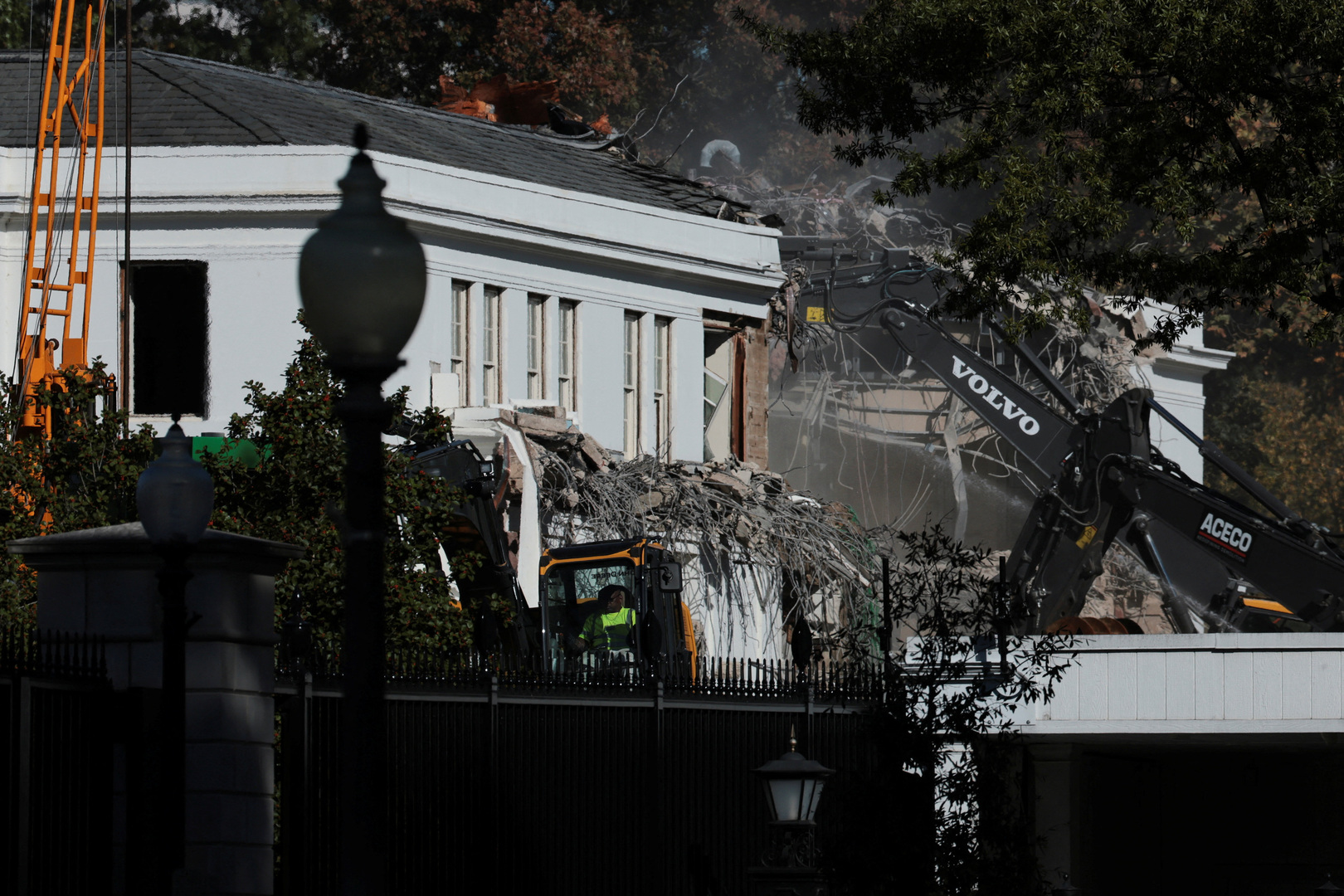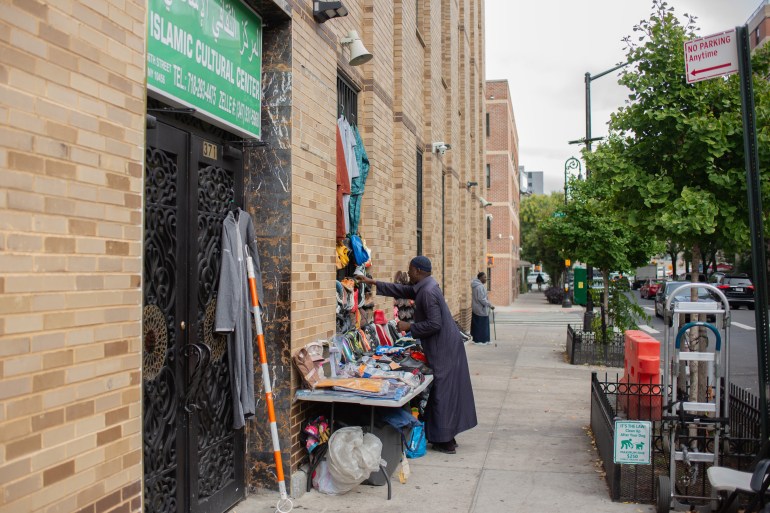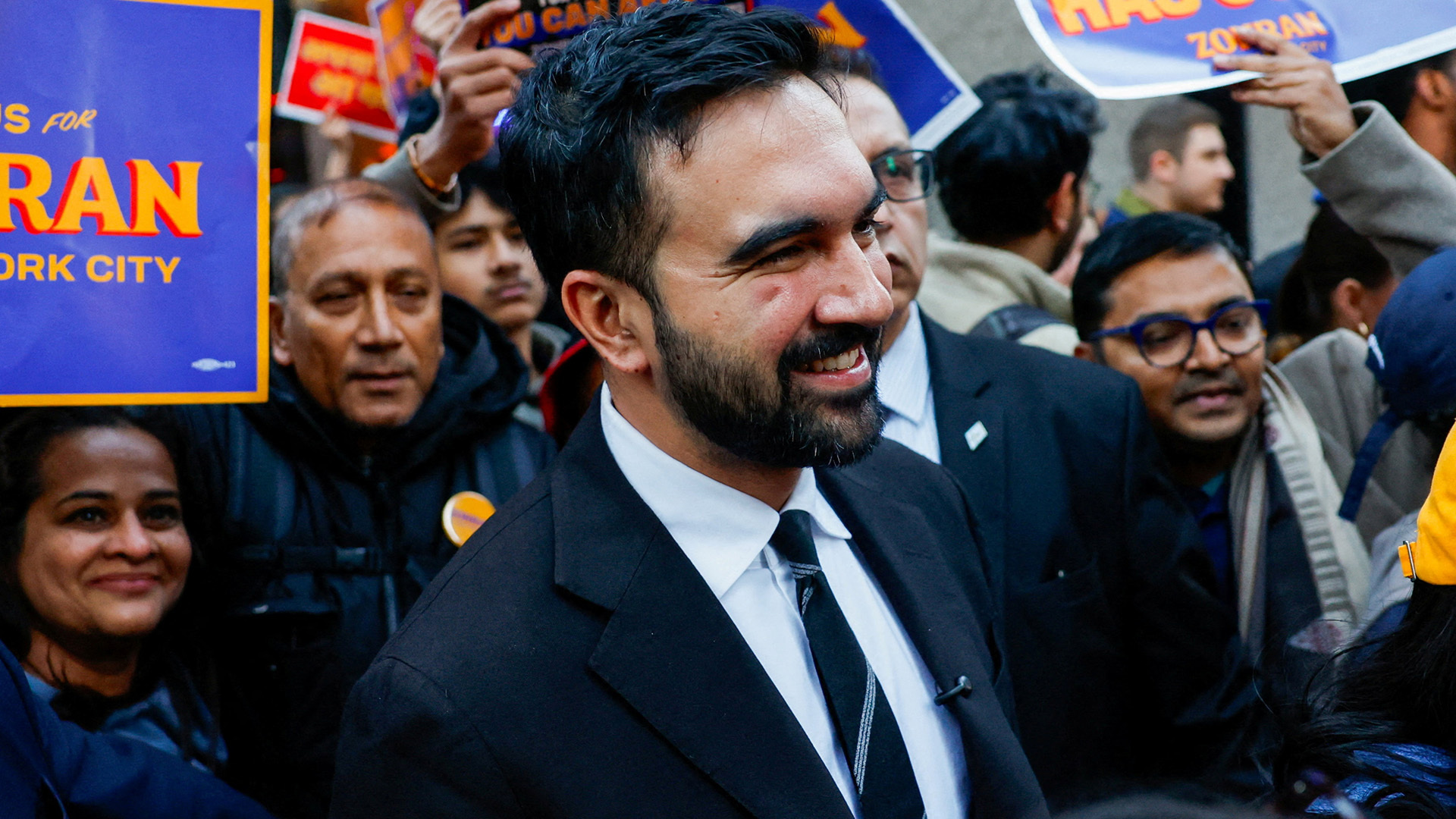Following the September assassination of conservative influencer Charlie Kirk, United States President Donald Trump and Vice President JD Vance have shaped their political agenda by blaming the left for political violence.
“Political violence, it’s just a statistical fact that it’s a bigger problem on the left,” Vance said while guest-hosting The Charlie Kirk Show podcast on October 15 in the aftermath of Kirk’s killing. About a minute later, he added, “Right now that violent impulse is a bigger problem on the left than the right.”
A Vance spokesperson did not answer our questions. When referring to left-wing violence, a White House spokesperson recently pointed to a September 28 Axios article about a study by the Center for Strategic and International Studies (CSIS), a nonprofit policy research organisation.
The study found that “2025 marks the first time in more than 30 years that left-wing terrorist attacks outnumber those from the violent far right”. The study also showed that for the 30 years before 2025, right-wing attacks had outpaced left-wing violence.
“The rise in left-wing attacks merits increased attention, but the fall in right-wing attacks is probably temporary, and it too requires a government response,” the authors wrote in the study.
Vance’s statement oversimplified political violence and drew from part of one study of a six-month period. The federal government has no single, official definition of “political violence”, and ascribing ideologies such as the left wing and the right wing is sometimes complicated. There is no agreed upon number of left- or right-wing politically violent attacks.
Research before 2025 largely points to higher levels of right-wing violence over longer periods of time.
Trump has used the administration’s statements about rising left-wing violence to label antifa as a domestic “terrorist threat”, and administration officials also said they will investigate what they call left-wing groups that fund violence.
Although political violence is a small subset of violent crime in the US, it “has a disproportionate impact because even rare incidents can amplify fear, influence policy and deepen societal polarisation”, sociology professors at the University of Dayton, Arthur Jipson and Paul J Becker, wrote in September after Kirk’s assassination.
In an email interview with PolitiFact, Becker said the report in question “indicates there MAY be a shift occurring from the Right being more violent but 5 vs 1 incidents in 6 months isn’t enough to completely erase years of data and reports from multiple sources showing the opposite or to dictate new policies”.
Study examined three decades of political violence
The CSIS, a national security and defence think tank, published a September report examining 750 “terrorist” attacks and plots in the US between 1994 and July 4, 2025.
The report defined “terrorism” as the use or threat of violence “with the intent to achieve political goals by creating a broad psychological impact”.
The authors wrote that it is difficult to pinpoint some perpetrators’ ideologies, which in some cases are more of what former FBI Director Christopher Wray called a “salad bar of ideologies”. For example, Thomas Crooks, who allegedly attempted to assassinate Trump in 2024, searched the internet more than 60 times for Trump and then-President Joe Biden in the month before the attack.
The full CSIS report gave a more complete picture of politically motivated violence:
- Left-wing violence has risen from low levels since 2016. “It has risen from very low levels and remains much lower than historical levels of violence carried out by right-wing and jihadist attackers.”
- Right-wing attacks sharply declined in 2025, perhaps because right-wing extremist grievances such as opposition to abortion, hostility to immigration and suspicion of government agencies are “embraced by President Trump and his administration”. The report quotes Enrique Tarrio, the former Proud Boys leader pardoned by Trump, who said, “Honestly, what do we have to complain about these days?”
- Left-wing attacks have been less deadly than right-wing attacks. In the past decade, left-wing attacks have killed 13 people, compared with 112 by right-wing attackers. The report cited several reasons, including that left-wing attackers often choose targets that are protected, such as government or law enforcement facilities, and target specific individuals.
- The number of incidents by the left is small. A graphic in the report showing the rise in left-wing attacks in 2025 as of July 4 is visually striking. It is based on a small number of incidents: four attacks and one disrupted plot.
Studies have not uniformly agreed on some attackers’ ideological classifications. The libertarian Cato Institute categorised the person charged in the shooting deaths of two Israeli embassy staffers in May 2025 as “left-wing”, while the CSIS study described the motivation as “ethnonationalist”. Ethnonationalism is a political ideology based on heritage, such as ethnic identity, which can create clashes with other groups. The Cato study counted only deaths, while the CSIS analysis was not limited to deaths.
“While Vance’s statement has a factual anchor for that limited timespan, it selectively emphasises one short-term slice rather than the broader trend,” Jipson, of the University of Dayton, told PolitiFact. “In that sense, it can be misleading: It may give the impression that left-wing violence is generally now more dangerous or prevalent, which is not borne out by the longer view of the data.”
The Cato analysis, published after Kirk’s death, said 3,597 people were killed in politically motivated US “terrorist” attacks from January 1, 1975, through September 10, 2025.
Cato found right-wing attacks were more common than left-wing violence. This research has been highlighted by some House Democrats.
Cato wrote that during that period, “terrorists” inspired by what it called “Islamist ideology” were responsible for 87 percent of people killed in attacks on US soil, while right-wing attackers accounted for 11 percent and left-wing “terrorists” accounted for about 2 percent. Excluding the September 11, 2001 attacks showed right-wing attackers were responsible for a majority of deaths. Measuring homicides since 2020 also showed a larger number by the right than the left.
Our ruling
Vance said, “Political violence, it’s just a statistical fact that it’s a bigger problem on the left.”
He did not point to a source, but a White House spokesperson separately cited an article about a study that examined political violence from 1994 to July 4, 2025. It found that, in the first six months of 2025, left-wing attacks outnumbered those by the right. It is based on a small number of incidents: four attacks and one disrupted plot.
The study also showed that for 30 years before 2025, right-wing attacks had outpaced left-wing attacks.
The study detailed that the left wing “remains much lower than historical levels of violence carried out by right-wing and jihadist attackers”. Research before 2025 largely points to higher levels of right-wing violence over longer periods of time.
The statement contains an element of truth because left-wing violence rose in the first six months of 2025. However, it ignores that right-wing violence was higher for a much longer period of time.
We rate this statement Mostly False.






